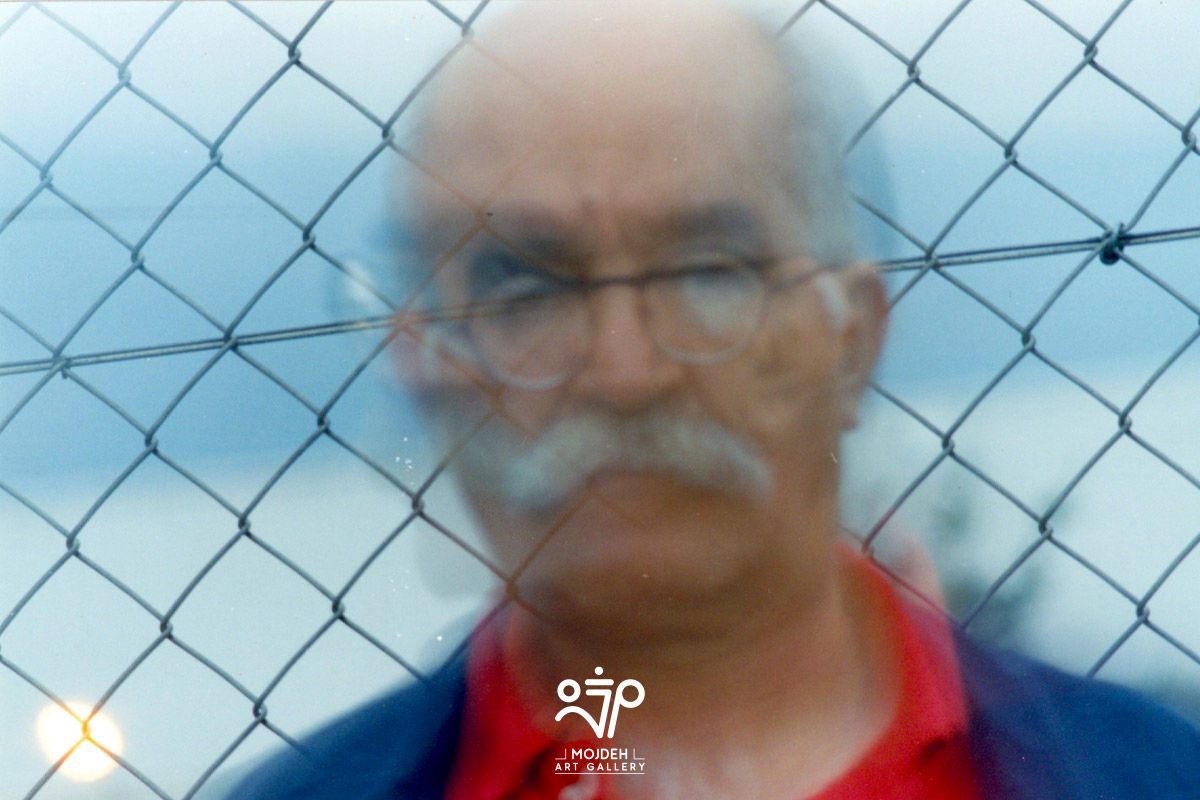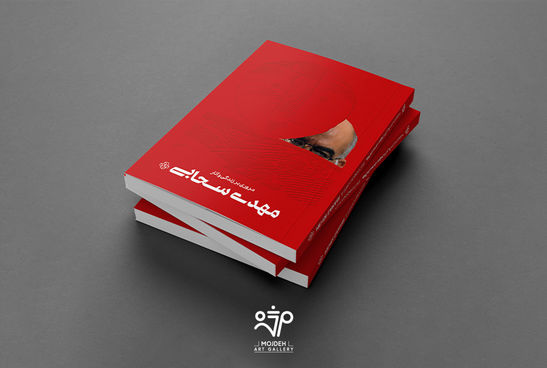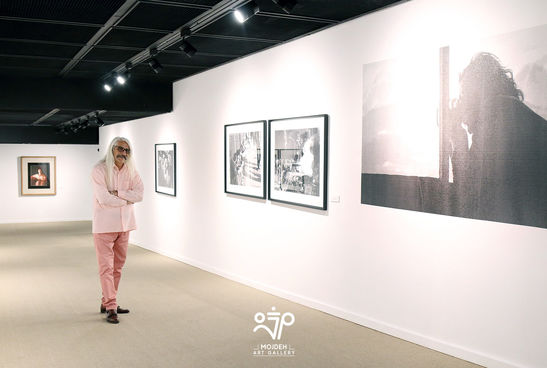A Cloud Over the Cultural Plain

Mehdi Sahabi can only be studied within the vast expanse of Iran’s cultural geography, because like a broad cloud, his name hovers over this expanse. Classifying him into different categories such as, visual artist, translator, writer, graphic designer, social affairs correspondent, film critic, etc., will accomplish nothing but reduce the width of this cloud that simultaneously fits within all and none of these labels. Sahabi was a wise man who displayed his wisdom by expressing different things he consistently sought, which were as varied as the outpourings of a cloud that sometimes brings hail, rain, storm, snow, or simply moisture and humidity. The multi-dimensional collage-like structure of his artwork represents the most complete, accurate, and detailed image of Sahabi.
His definition of art is very precise and meticulous, as he states somewhere: “What is transferred on paper or canvas from an object or a three - or even four dimensional - landscape, is only a form that is original and expresses all that is expressible. In the end, there is no basic difference between a scrap car and a bouquet of flowers.” (Sahabi, 2012, p. 12). And elsewhere in response to Lily Golestan’s narrative description of his paintings he says: “A story again? Has literature once again re-entered the visual arts?” (Sahabi, 2012, p.26). It is from this perspective that the cheerfulness, playfulness, and curious structure of his collages become relevant. For Sahabi’s creative inner-child, a crumpled piece of paper, a piece of wood, or a found broken piece of an Achaemenid stone engraving reproduction, are all raw material that can be combined to create a new image. Later on, this layered combined structure appeared in his photographs too. However his collages remain a more accurate representation of this characteristic. Layer upon layer, material on top of material, and objects atop one another, strive to originate new shapes. A point of view that was made bolder by his precise and multiple readings of Proust in his outstanding translation of “In Search of Lost Time” (which led to an obsession to translate other books that Proust mentioned in this book and that had previously been translated into Farsi, such as: “Red and Black”, “Father Goriot”, “Madame Bovary”, and what a pity that he did not translate “Phedre”, Proust’s favorite play) was the layering of time. Unlike his early paintings where stasis is an important structural element, time becomes broadly present in the timelessness of his collages. The personages Sahabi creates in the “Masks” collection signify masks and their eternal form, from the discovery of sweetness in childhood to understanding the concept of aging. And this is why their shape does not change in different combinations, instead they yield new meaning, becoming an antithesis of the delicate Achaemenid face, or gaining abstract form when juxtaposed with crumbled pieces of paper.
In order to be expansive his artworks go beyond the surface. Within a volumetric aesthetic framework, moving back and forth between pure abstraction and figurative-constructivism, he creates modern art while also poking fun at the legacy of Iranian modernism; making jokes about something that in previous decades had itself attempted to playfully jest with the legacy of its own time. His critical spirit is a reason for his conscious or subconscious dialogue with the history of Iranian modern art, not with the intention of overthrowing or destroying it, but as an excuse to have a conversation with history. And this is where his mesh forms, cages and bird on colorful columns respond to the mesh, cages and heavy birds of Parviz Tanavoli, and how the atmosphere of his totems begins a conversation with Mansour Ghandriz’s flat totemic forms. He even goes further back in history and starts a dialogue with Qajar lacquer penholders. Sahabi is interested in rediscovery, as is evident in his retranslations of older literary translations. Babak Ahmadi describes him as “the enricher of the gathering”, and how true because Sahabi has indeed enriched the soil of the cultural plain for future generations.
Ali Bakhtiari


